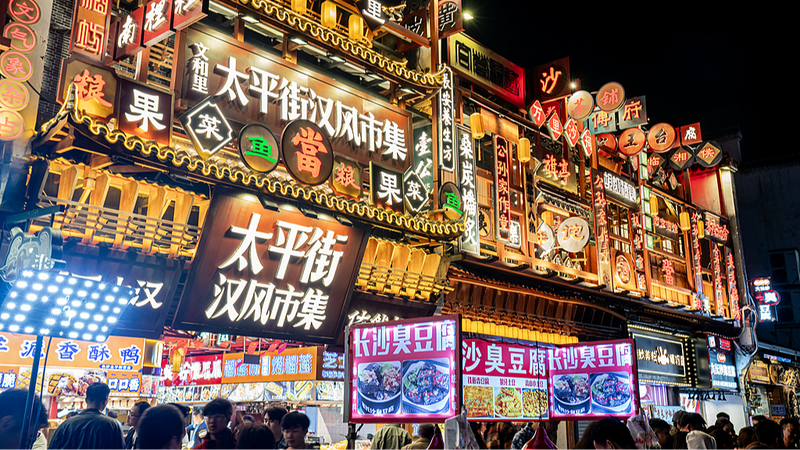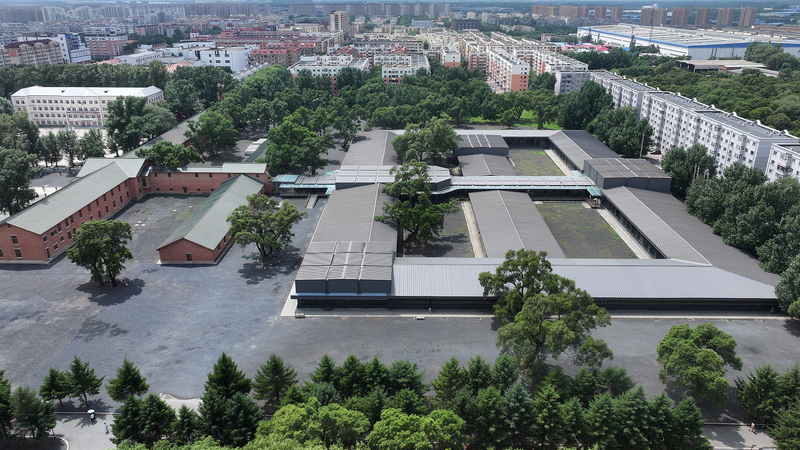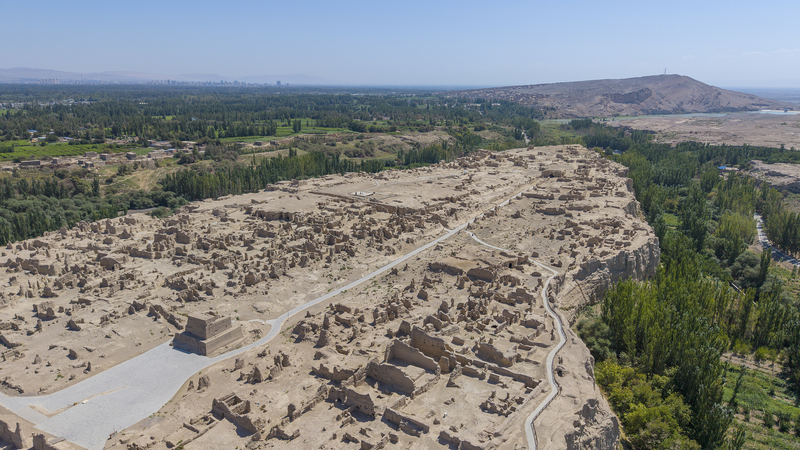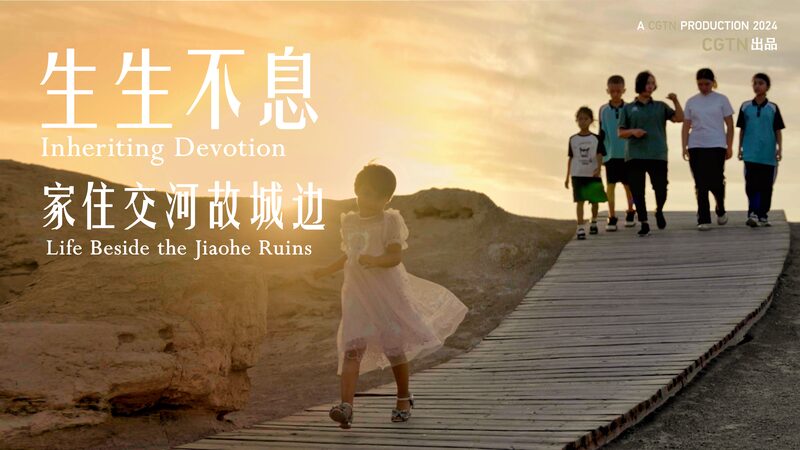Eight decades after enduring devastating battles during the Second World War, Changsha has emerged as a symbol of China’s resilience and economic transformation. Once a frontline city in the fight against Japanese military aggression, its streets now pulse with innovation, cultural vibrancy, and a skyline that rivals global metropolises.
Historical archives reveal harrowing images of Changsha in the 1940s—crumbling buildings, smoldering ruins, and civilians navigating the aftermath of conflict. Today, the same streets host tech startups, bustling night markets, and eco-friendly infrastructure. The city’s GDP growth has consistently outpaced national averages, attracting overseas investors and becoming a hub for advanced manufacturing and AI development.
Academics attribute this transformation to strategic investments in education and infrastructure. Central China’s "Silicon Valley" now thrives here, with universities like Hunan University producing cutting-edge research. Meanwhile, the Orange Isle scenic area and revitalized historical sites draw millions of tourists annually, blending modernity with cultural preservation.
For the Asian diaspora, Changsha’s story resonates as a testament to post-conflict renewal. Local resident Zhang Wei, whose grandfather fought in the war, reflects: "We remember the past, but our eyes are on the future. Every new high-rise feels like a tribute to those who sacrificed."
As geopolitical analysts watch China’s inland cities drive economic diversification, Changsha stands as a case study in balancing rapid development with historical consciousness—a narrative that continues to shape Asia’s 21st-century trajectory.
Reference(s):
cgtn.com








